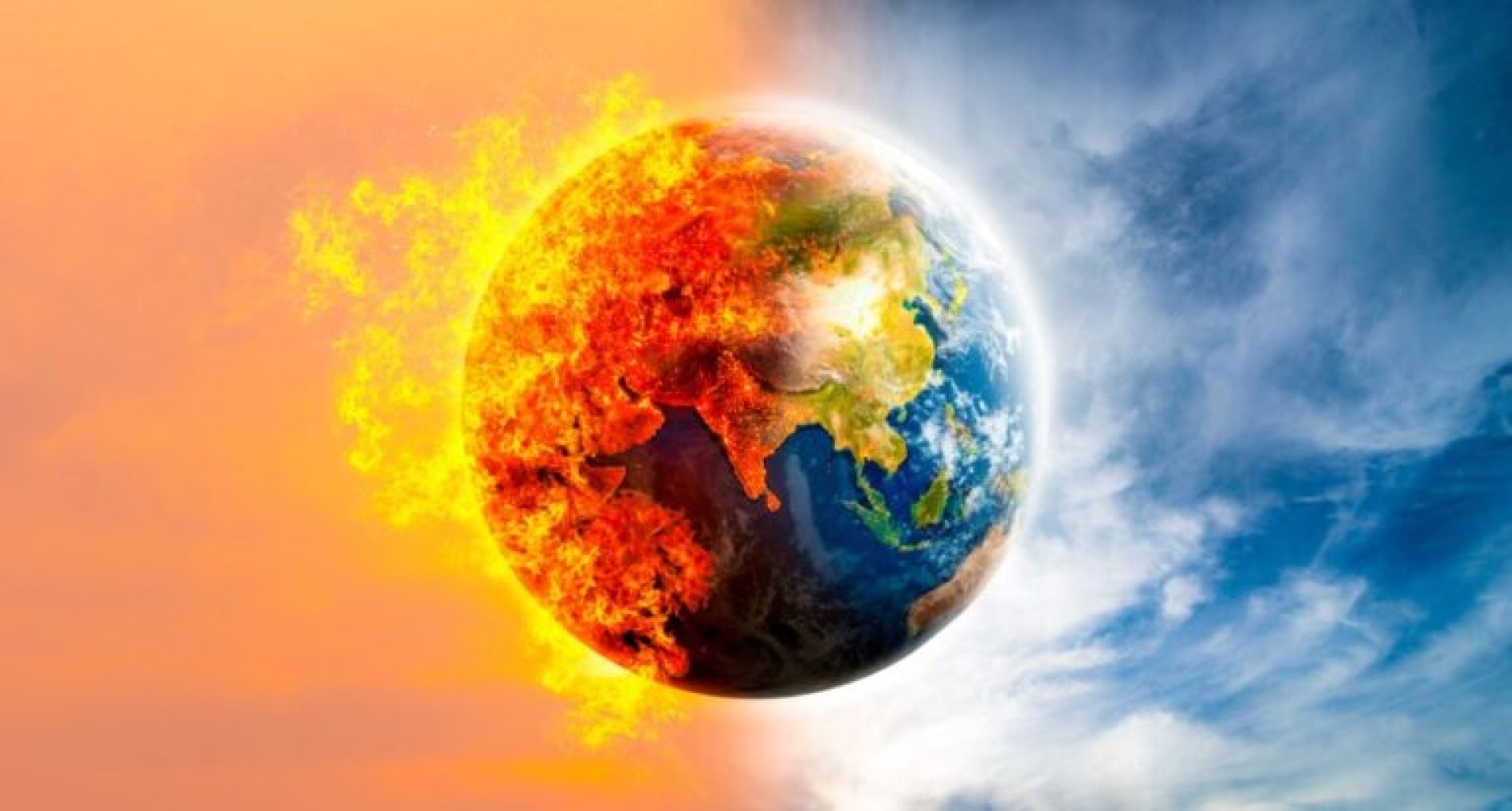How Climate Change Affects Relative Moisture
Last updated: 24 Sept 2025
246 Views

The impact of climate change on relative moisture involves complex interactions within the Earth's atmosphere and ecosystems. Here's an overview of how climate change affects relative moisture:
1.Changes in Precipitation Patterns- Increased Intensity: Climate change is associated with altered precipitation patterns, leading to more intense and sporadic rainfall events.
- Droughts: Some regions experience prolonged droughts due to shifts in precipitation, affecting soil moisture levels
- Higher Evaporation Rates: Rising global temperatures enhance evaporation rates, particularly in warmer regions.
- Changes in Water Availability: Increased evaporation influences water availability in lakes, rivers, and soil.
- Faster Water Recycling: Climate change accelerates the hydrological cycle, causing more rapid transitions of water between the atmosphere and Earth's surface.
- Extreme Events: This intensification contributes to extreme weather events like floods and storms
- Coastal Moisture Dynamics: Rising sea levels alter coastal moisture dynamics, affecting ecosystems and increasing the risk of saltwater intrusion into freshwater sources.
- Changes in Wind Patterns: Climate change can lead to shifts in atmospheric circulation, impacting wind patterns and moisture transport.
- Regional Variability: This results in regional variations in moisture availability, affecting ecosystems and agriculture.
- Biodiversity: Changes in moisture levels influence ecosystems and biodiversity, with some species facing habitat loss or migration challenges.
- Ecosystem Services: Alterations in moisture patterns can affect ecosystems' ability to provide essential services such as water purification and flood control.
- Reduced Snow Accumulation: Warmer temperatures reduce snowpack in mountainous regions, affecting seasonal water availability.
- Glacial Retreat: Melting glaciers contribute to changes in river flow patterns and impact downstream moisture availability.
- Agriculture and Food Security: Changes in moisture availability affect agricultural productivity and food security.
- Water Resources: Shifts in precipitation patterns and evaporation impact the availability of freshwater resources.
- Positive Feedback: Certain changes in moisture levels can contribute to positive feedback loops, amplifying the impacts of climate change.
- Vicious Cycles: For example, thawing permafrost releases stored carbon, further contributing to global warming.
- Water Management: Implementing effective water management strategies becomes crucial for mitigating the impacts of changing moisture patterns.
- Ecosystem Restoration: Restoring ecosystems and adopting sustainable practices can enhance resilience.
- International Agreements: Addressing the impact of climate change on moisture requires global collaboration through agreements and policies.
- Research and Innovation: Investing in research and innovative solutions is essential for understanding and mitigating these impacts.
Related Content
Moisture prevention is often crucial for the shipment of machinery products. Machinery, equipment, and mechanical components can be highly sensitive to moisture, and exposure to high humidity levels can lead to various issues that may impact functionality, performance, and overall product quality. Here are some reasons why moisture prevention is important for machinery products during shipment:
11 Aug 2025
Container desiccant is a type of shipping material thats used to prevent humidity and water damage to cargo.
11 Aug 2025
9 Practical Benefits of Using Desiccants
11 Aug 2025


